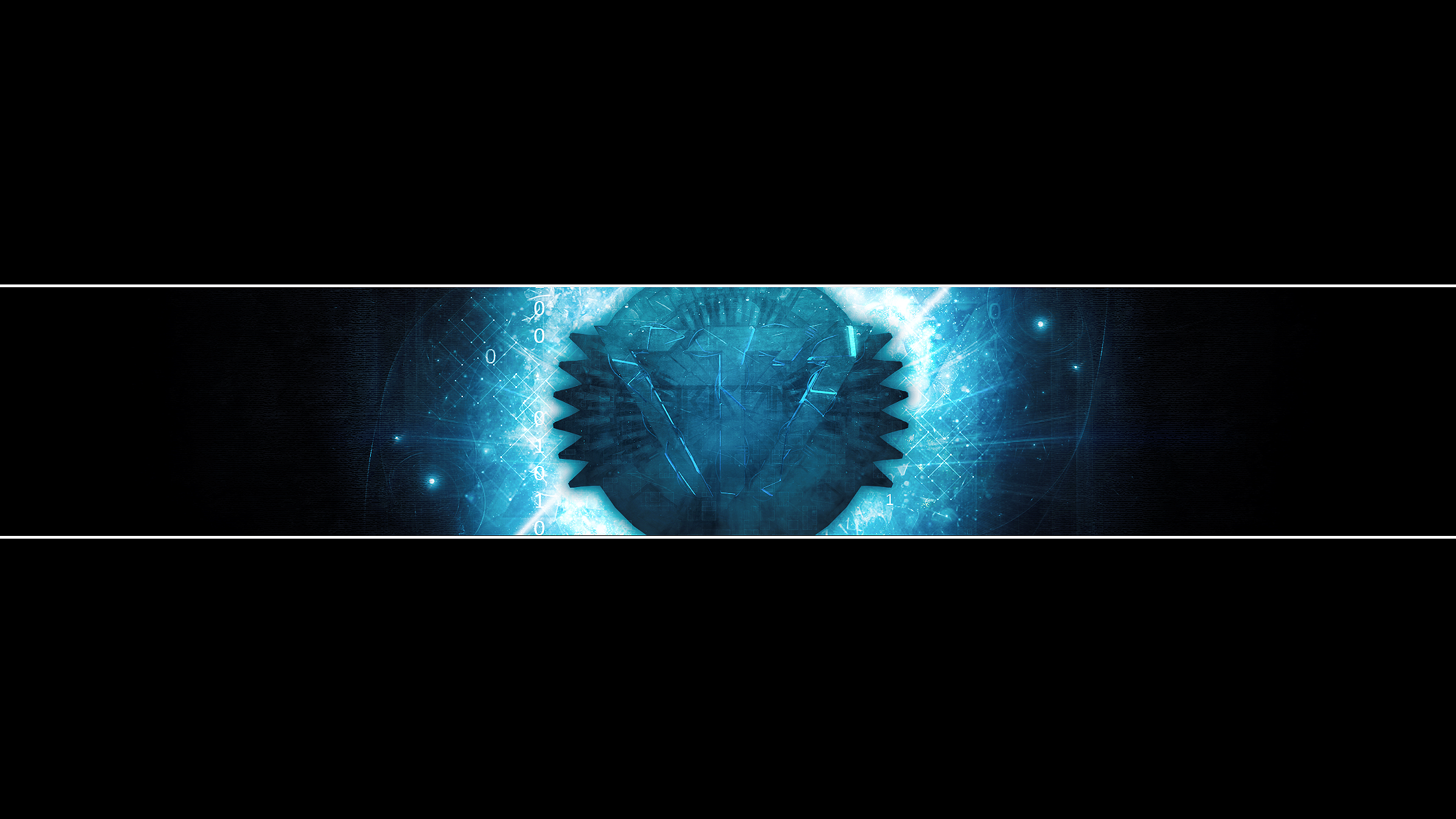The digital realm, encased within the vastness of the internet, lends itself to a plethora of expressive visual mediums. One particularly prevalent form of this expression is the YouTube banner image. This digital flag, so to speak, unfurls itself at the top of a channel’s page, providing not merely an aesthetic flourish but a substantive representation of the channel’s ethos. It is here that cultural nuances begin to intertwine with digital marketing strategies, invoking curiosity and fostering an imaginative dialogue amongst viewers.
YouTube banner images serve as a compelling entry point, offering a glimpse into the thematic tapestry woven by content creators. The efficacy of a banner extends beyond simplicity; it promises a shift in perspective from the first glance. This is instrumental in the context of today’s fragmented media landscape, where attention spans are fleeting and visual noise is omnipresent. A well-crafted banner image can resonate emotionally, instigate curiosity, and beckon the viewer to explore further. In essence, it is often the unheralded ambassador of a channel’s identity.
To understand the significance of banner images, one must contemplate their role in cultural expression. Each channel administers its unique mélange of ethos, interests, and narratives. A banner can visually encapsulate these elements, employing colors, imagery, and typographic choices that resonate with the channel’s specific audience. For instance, an educational channel may utilize a minimalist design, adorned with splashes of vibrant hues symbolizing innovation and enlightenment, while a lifestyle vlogger might prefer a collage of imagery that depicts escapism, personal adventures, and visceral experiences.
The essentiality of cultural representation through these banners is multifaceted. Cultural banners, when executed proficiently, bridge the gap between creator and audience. They depict aspirations, dreams, and lived experiences, contributing to a greater narrative. Engaging with diverse cultures through visuals can evoke empathy and understanding, as viewers subconsciously align themselves with the imagery presented, thereby forging a connection that transcends mere viewership.
This connection enables the banner to function as a portal into broader cultural conversations. For example, a channel focused on environmental issues may use powerful imagery in its banner—perhaps invoking stark contrasts between pollution and pristine nature—thus prompting viewers to consider their own environmental impact. Such juxtaposition is not merely suggestive; it is a visual narrative that can incite a profound introspection on collective responsibility and stewardship of the planet.
The banners’ significance proliferates when one considers the notion of curiosity. A compelling visual can provoke questions. It acts as an invitation to embark on an exploration of the creator’s content, inciting viewers to ponder the stories behind the images. What inspired the design choices? What messages lie beneath the surface? How does this align with current cultural or societal themes? These inquiries, albeit unspoken, can amplify engagement, urging viewers to linger longer and ultimately dive deeper into the myriad videos available.
Moreover, cultural banners are not static entities; they ebb and flow, adapting to the shifting sands of societal trends and viewer preferences. This dynamic nature serves a dual purpose: it keeps the channel relevant within the broader digital tapestry and serves as a reminder of evolving narratives in popular culture. A timely alteration to a banner image that reflects a current event or movement can capture audience interest, making it not just a promotional tool, but rather a statement of cultural relevance.
Amidst the tapestry of digital content, creators wield their banners as instruments of advocacy, pushing for awareness and transformation. For example, channels focusing on social justice often utilize imagery that confronts prevailing societal narratives, employing vibrant aesthetics that engage viewers while invoking critical thought. Such banners have the power to culturally inform and inspire action among a diverse audience, amplifying voices that might otherwise be overlooked.
This practice of integrating cultural banners into YouTube channels has implications that extend beyond YouTube itself. The design principles and cultural themes actively engage viewers, prompting a ripple effect across other platforms. Audiences could venture onto Instagram or TikTok, seeking further insights or community interactions, thus creating a multi-channel interconnectedness. The inherent curiosity piqued by a banner can lead to a cross-pollination of ideas, imbuing various platforms with fresh cultural perspectives.
Furthermore, the significance of color psychology in banner creation cannot be overstated. Colors evoke emotions and manipulate perceptions; bold, vibrant colors may evoke excitement or adventure, while muted tones could convey tranquility and introspection. As creators craft their banners, the selection of a color palette becomes a crucial decision-making process, as it must encapsulate the channel’s voice and resonate with its audience. This alignment fosters a deeper connection, leading to a more engaged viewership.
In summation, YouTube banner images play an indispensable role in crafting a digital cultural identity. They are the vanguards of artistic storytelling, creating a visually rich mosaic that speaks volumes with distinct imagery and color palettes. These banners promise curiosity, instigating viewers to delve into stories that are often waiting to be told. As creators embrace this seemingly simple visual element, they unlock new dimensions in their cultural dialogue, fostering an engaged community that is ripe for exploration and conversation. In a world awash with digital content, a thoughtfully crafted banner image could indeed be the catalyst that ignites a broader cultural metamorphosis.
